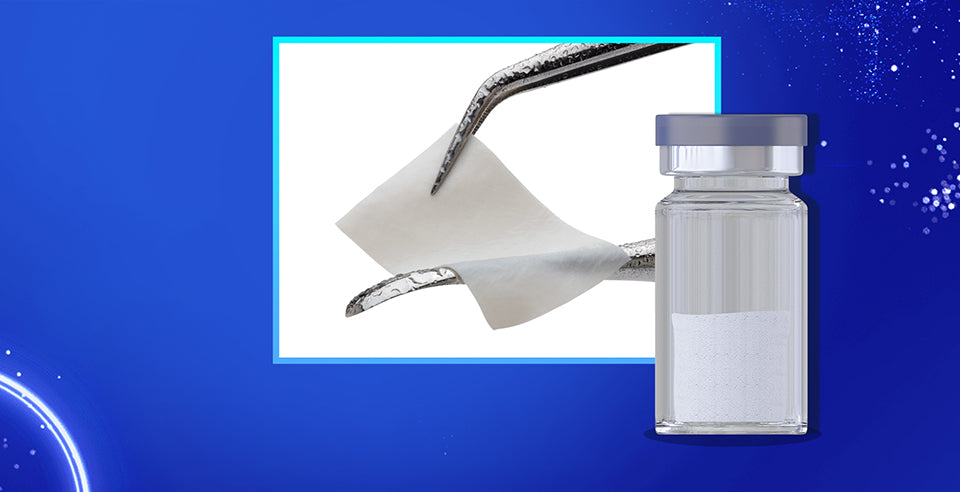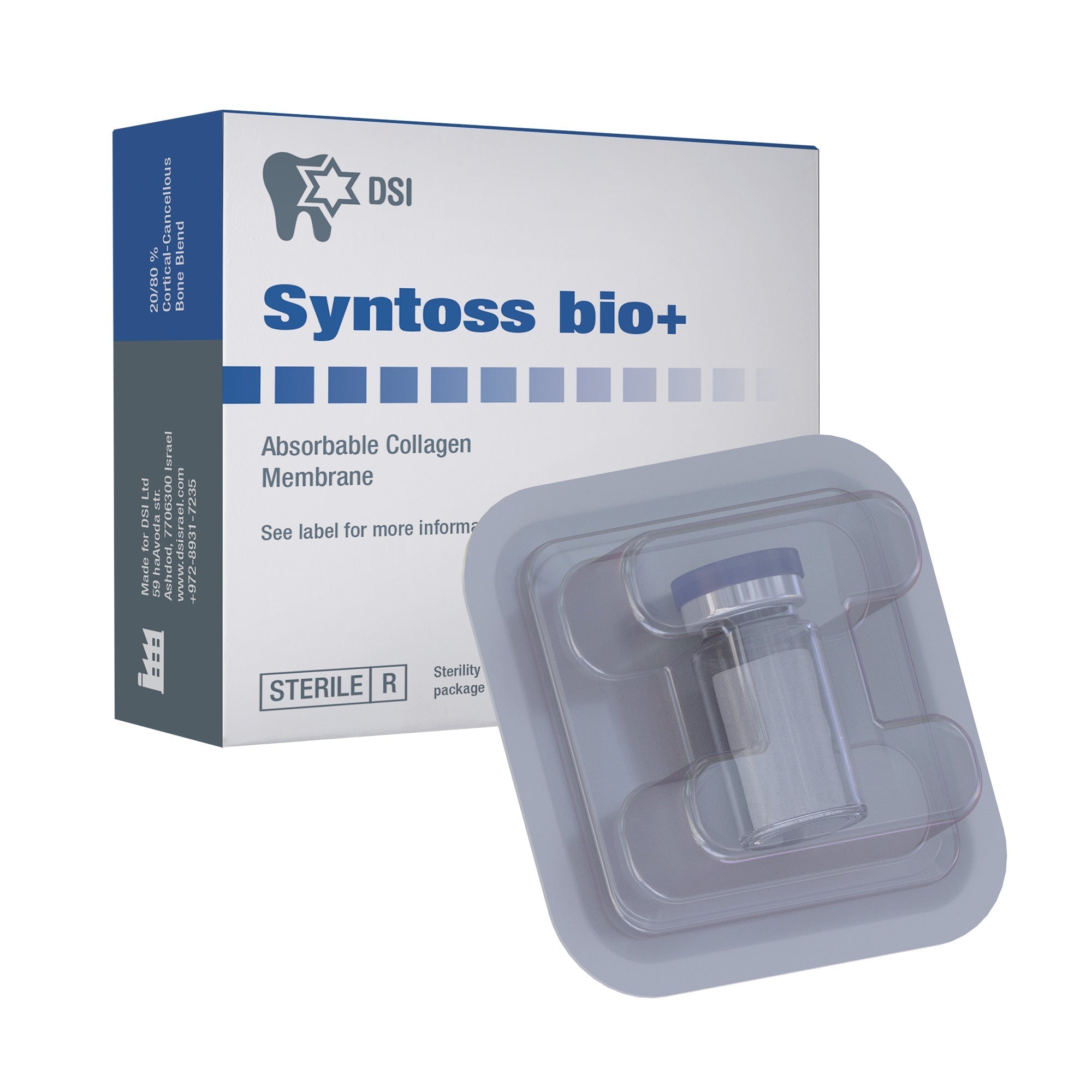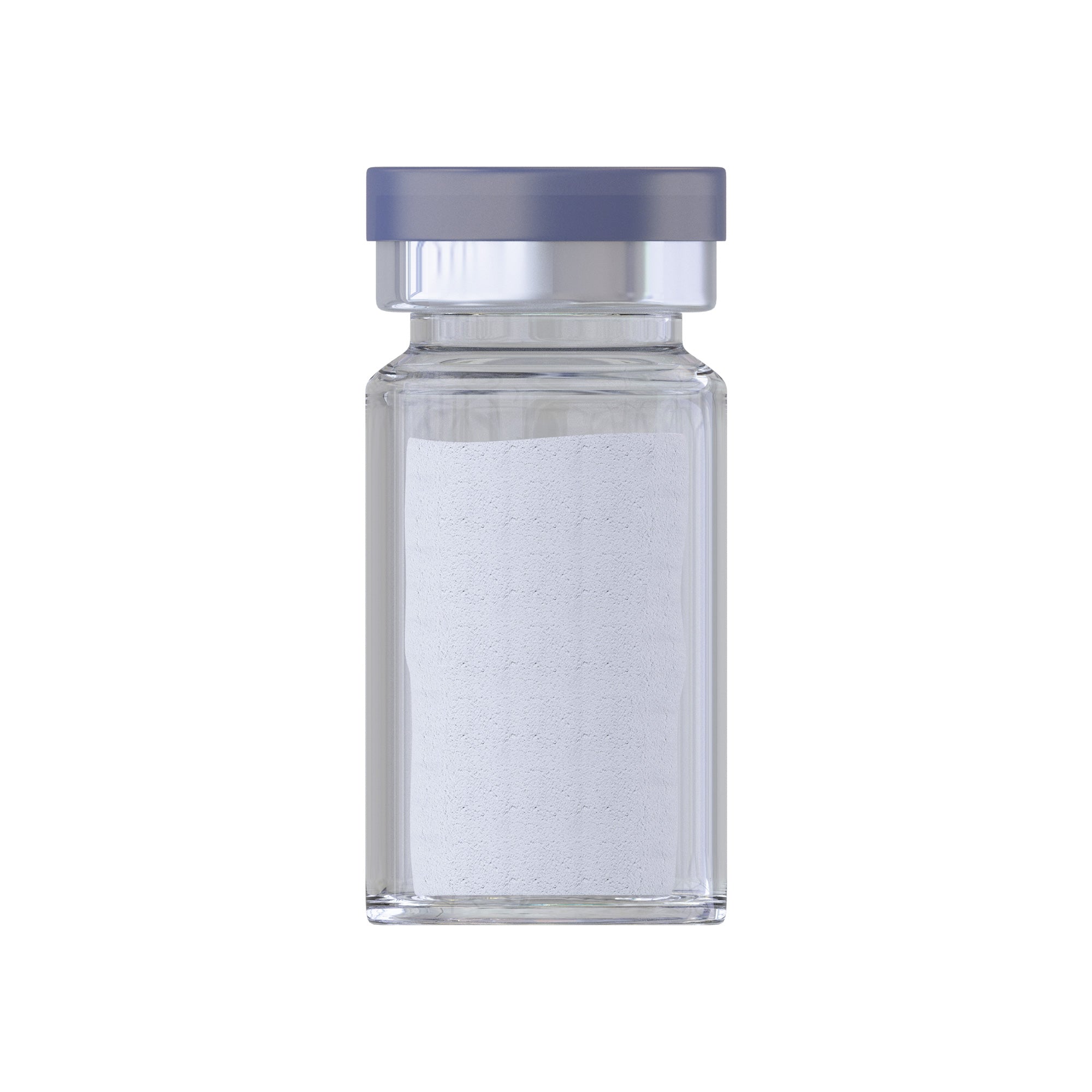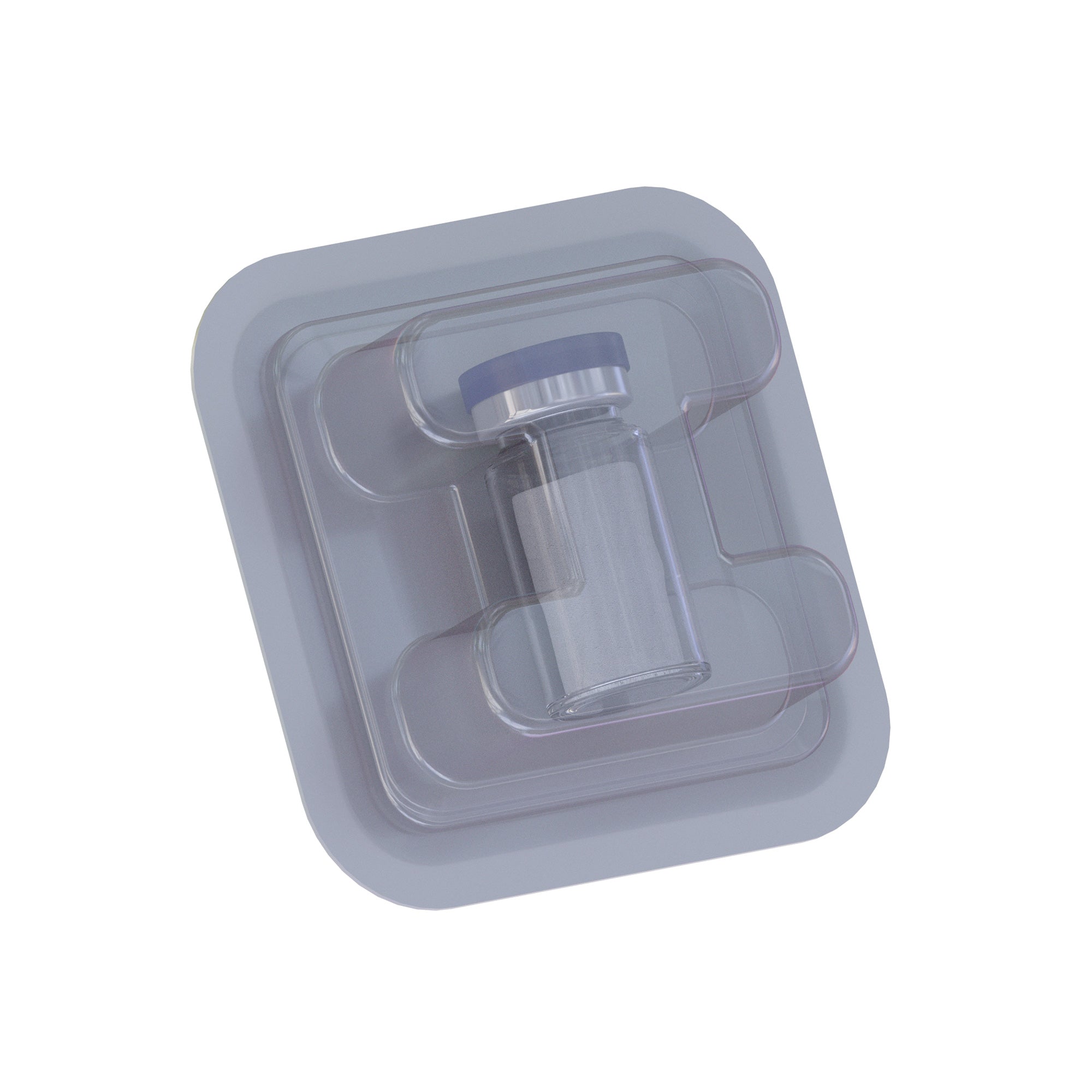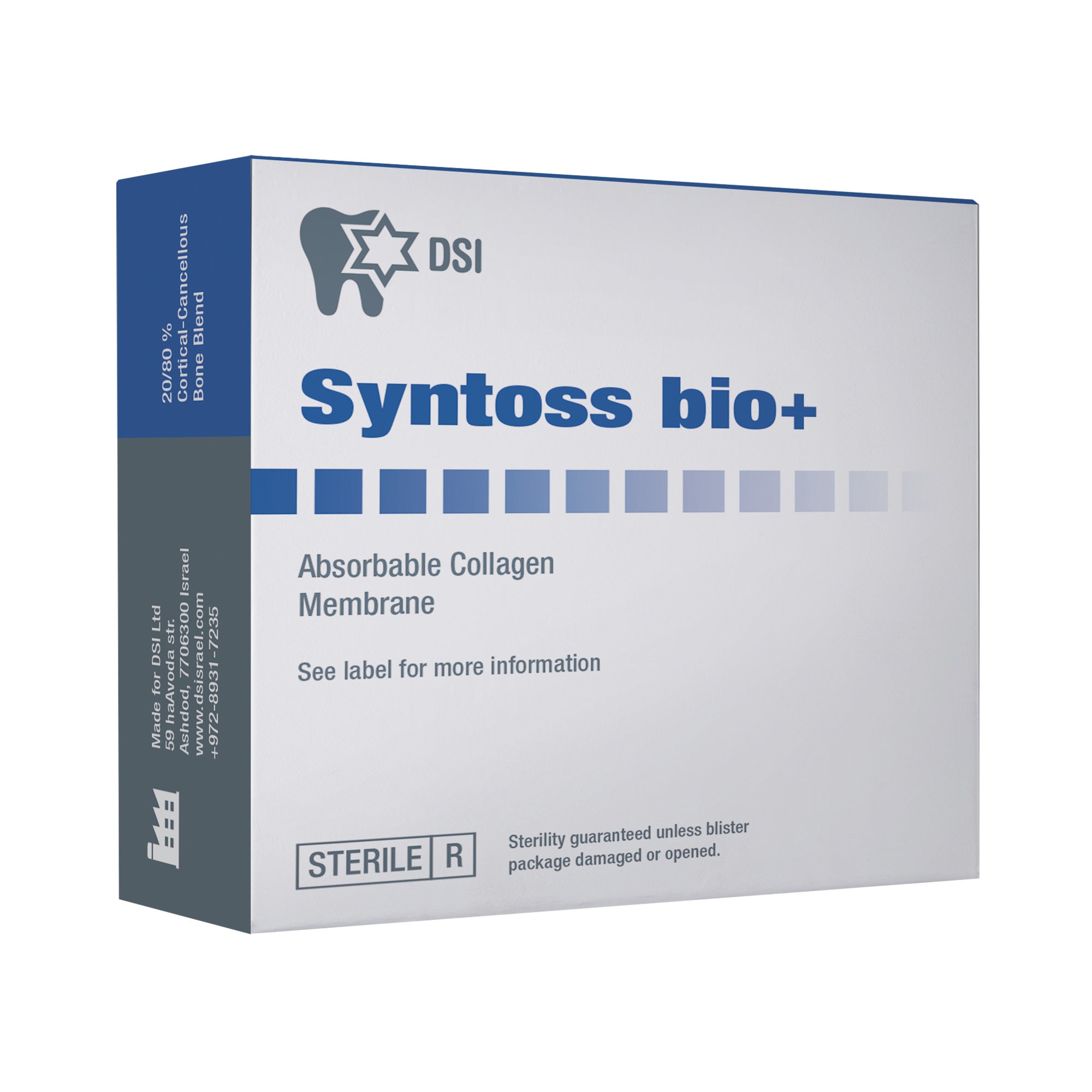The DSI Syntoss Membrane, a resorbable barrier membrane made of highly purified bovine (type II) collagen, indicates a breakthrough in regenerative dentistry procedures, specifically designed to allow for desired bone augmentation.
Collagen, a key component, boasts a spectrum of beneficial properties. These include excellent biocompatibility, low antigenicity, and the unique ability to stimulate adhesion, chemotaxis, and physiological degradation of progenitor cells. These properties collectively contribute to a favorable environment for optimal bone regeneration.
This membrane's interfiber structure undergoes cross-linking, a deliberate process aimed at promoting membrane biodegradation. This meticulous approach eliminates the risk of incomplete bone healing, ensuring a comprehensive and successful regenerative process. This does not only allows for rapid wound stabilization but also exhibits a delicate balance of stiffness and adaptability. Stiff enough to maintain space for bone regeneration, yet adaptable to different morphologies, It simplifies the surgical procedure while ensuring consistent and successful treatment outcomes.
Beyond its resorbable nature, provides a long-lasting and stable barrier that aligns with all clinical requirements. Its fundamental role lies in preventing connective or epithelial cells from infiltrating the defect area, thereby fostering an environment conducive to effective bone regeneration.
In summary, the DSI Syntoss Membrane emerges as a dependable material with excellent handling properties, offering a strategic and reliable tool for practitioners in regenerative dentistry. Its tailored design and capabilities underscore its significance in achieving optimal bone regeneration with consistent and successful treatment outcomes.
DSI Syntoss Bio can be used for the following purposes:
- Implantation of defects in the bone tissue
- Restoration of congenital and acquired defects of bone and soft tissues
- Sinus-lifting
- Cystectomy Periodontitis (minimally invasive methods of treatment and reconstructive surgery)
- Resection of the root apex
- Filling of defects after the removal of cysts
- Closure of perforations of the maxillary sinus
- Closure of perforation of the lower-jaw canal removal of the tooth
- As a stabilizer of the clot
Features
- It's easy to use
- Strong and dependable barrier
- Resorption time is predictable.
- Outstanding biocompatibility
- Soft-tissue healing has improved.
- Extended barrier function
- Antigenicity is low.
- The stabilization of a blood clot
- Mechanical toughness
- Preservation of the space
- Occlusiveness of cells
More information
